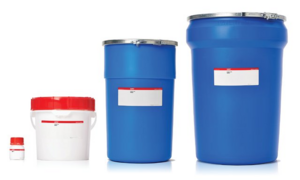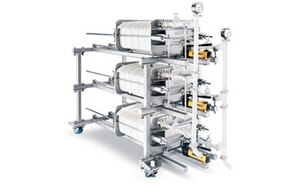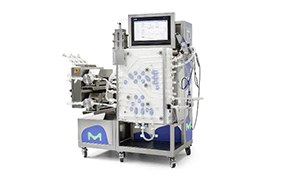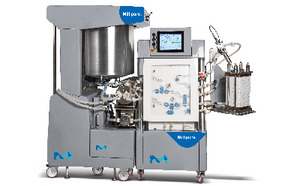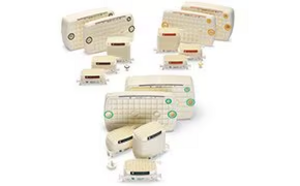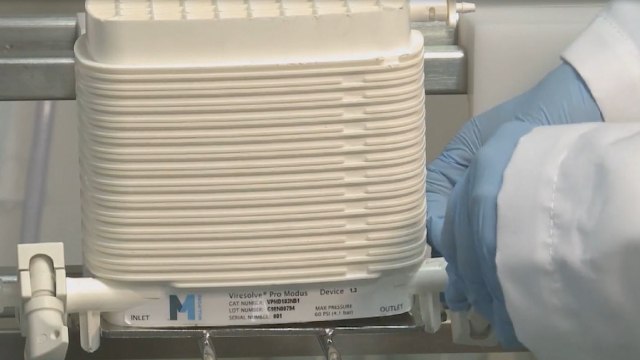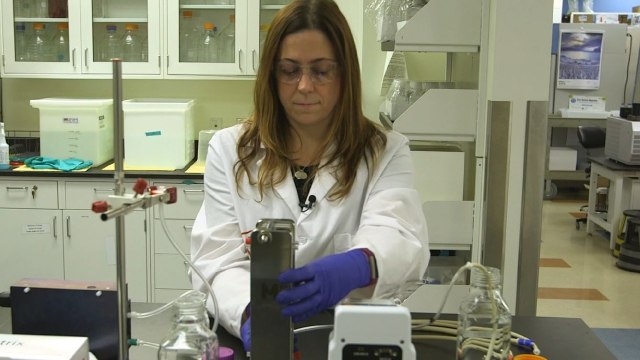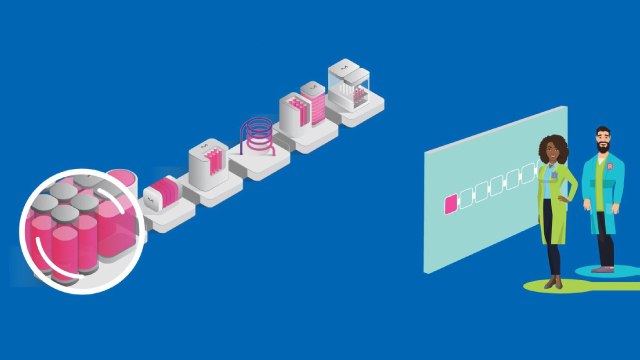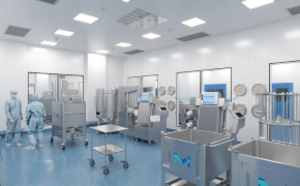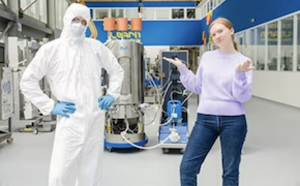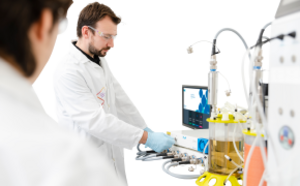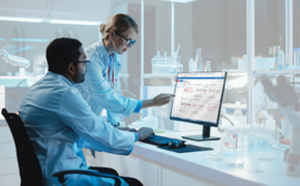mAbs Downstream
Products for Development and Manufacturing
Higher cell densities and antibody titers from increasingly advanced upstream processes result in complex downstream purification challenges. The focus of downstream bioprocessing is efficient recovery and purification while controlling bioburden and assuring viral safety to provide drug safety for patients. The downstream workflow, which includes clarification, chromatography, concentration, viral clearance, and sterile filtration steps, is essential for ensuring monoclonal antibody (mAb) product quality, yield, safety, and sterility.
Maximize Productivity of Downstream Bioprocessing
The downstream process consists of many purification and filtration unit operations, each of which must be robust, scalable, and optimized to mitigate loss of the monoclonal antibody (mAb) and maximize product yield.
From process development to scale-up and full-scale production, accelerate timelines and ensure cost effectiveness with a range of tools from our Millipore® and SAFC® portfolios of buffers, clean-in-place (CIP) solutions, multi- and single-use systems, plug-and-play technologies, and validation services. Combine these technologies with our application expertise to overcome any downstream processing challenge.
Further gains in downstream productivity can be achieved by using granulated raw materials, implementing various process intensification strategies, adopting closed processing, or through the integration of digitalization.
Related Categories
Our broad portfolio of buffer materials manufactured under appropriate controls is tailored to your needs.
Clarification steps prepare your bioreactor harvest material for downstream purification by reducing the levels of impurities and particulates.
Downstream purification in bioprocessing includes one or more chromatographic separation steps to purify your molecule and remove impurities.
Ultrafiltration & diafiltration increase capacity, concentration, and recovery in bioprocessing.
Our broad portfolio of membrane filters offers options for efficient processing of every pharma and biopharma stream.
Our viral clearance portfolio includes the virus filtration solutions, chemicals, holders and systems.
Related Resources
- Bioburden Control in Bioprocessing
Bioburden control in bioprocessing requires assessing the risks, mitigating the risks, and monitoring bioburden levels.
- Brochure: Mission: Control - Strategies for Effective Bioburden and Aseptic Control
In this series of articles, we provide information to highlight the differing objectives for bioburden control by unit operation and discuss the parameters that guide filter selection and optimization.
- Biochromatography Portfolio Guide
A guide to select your chromatography resins.
- What is Multi-Column Chromatography?
In this article, we will discuss one of the methods used to intensify the capture chromatography process: multi column chromatography (MCC).
- Viral Safety in Bioprocessing
This article summarizes important considerations for viral safety in mAb processing and outlines testing strategies for assuring the process will meet the viral safety targets. Download our Viral Safety eHandbook for more information.
- Tangential Flow Filtration in Downstream Bioprocessing
This article explains the different types of TFF, including single-use and multi-use, single pass TFF versus batch TFF.
- Single-Pass Tangential Flow Filtration Implementation and Scaling
This article discusses how to Implement SPTFF using Pellicon® Capsules and how to scale.
- Value Drivers and Benefits of Closed Processing
This article explains what is closed processing and expected benefits.
- Improve Process Understanding and Product Quality through Continued Process Verification
Continued process verification is critical to maintain the strength, quality, and purity of the final drug product. It is a regulatory expectation as manufacturers are instructed to ensure their process remains in a continual state of control. Learn more in this technical article.
- Use of stabilizers and Surfactants to Prevent Protein Aggregation
To prevent surface or mechanically induced aggregation because of pumping or shaking, surfactants or cyclodextrin can be used.
- pDADMAC Flocculation in Monoclonal Antibody Production Processes – Overcoming Regulatory Challenges with Quality Risk Management
The use of a flocculation agent such as a polycationic polymer polydiallyldimethylammonium chloride (pDADMAC), can improve clarification performance of high density feedstreams.
Explore Our Solutions
To continue reading please sign in or create an account.
Don't Have An Account?